Berberine
- CAS NO.:2086-83-1
- Empirical Formula: C20H18NO4
- Molecular Weight: 336.37
- MDL number: MFCD01175817
- EINECS: 218-229-1
- SAFETY DATA SHEET (SDS)
- Update Date: 2025-01-09 17:41:46
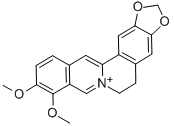
What is Berberine?
Description
Coptis chinensis was widely used in China as a folk medicine by Shennong around
3000 BC. Coptis chinensis was firstly described in the ancient Chinese medical
book The Divine Farmer’s Herb-Root Classic. Coptis chinensis was used to treat
intestinal bacterial infections and antipyretic analgesic for thousands of years ago
Coptis chinensis also called zhilian, chuanlian, weilian, jizhualian, shanglian,
and xuanlian in Chinese history. Coptis chinensis was accepted by most physicians,
and the Chinese pharmacopoeia also uses Coptis chinensis as its official name .
Coptis chinensis mainly grows in Anhui, Hunan, Sichuan, and Yunnan and has been
cultivated in Sichuan since the Ming dynasty, which has a long history of cultivation. Other species of Coptis chinensis from different places were used as medicine.
However, commodity circulation of wild Rhizoma coptidis has not been formed .
Coptis chinensis is national three level protection plants at present and majorly produced in Shizhu of Chongqing, West Hubei, Shanxi, and Gansu.
Berberine is a quaternary ammonium salt from the protoberberine group of isoquinoline alkaloids. It is found in some plants such as huanglian 黄连 (Rhizoma
coptidis), huangbo黄柏 (Phellodendri Chinensis Cortex), sankezhen三颗针
(Berberidis Radix), and so on.
The components of Coptis chinensis which have antibacterial and antiinflammatory effects are original alkaloid berberine class, including berberine, coptisine, palmatine, epiberberine, columbamine, jatrorrhizine, worenine, and
magnoflorine, with berberine having the highest content (5–8%).
Description
Berberine is a cationic alkaloid that was first isolated in 1917 from goldenseal (Hydrastis canadensis), a North American herb of the buttercup family. It is found in the roots, rhizomes, stems, and bark of many other plants, including?Berberisspp. (worldwide), yellowroot (Southwestern United States), and the Amur cork tree (East Asia). It usually exists as the chloride, but T. Kametani and co-workers reported the total synthesis as the iodide in 1969.
Berberine’s strong yellow color and yellow fluorescence made it a widely used dye in early days of the industry. It is still used in India as a wool dye, and its fluorescence makes it useful as a histology stain.
But berberine’s main use is as an herbal dietary supplement. It has antibiotic, anti-inflammatory, and antineoplastic properties, and it is being investigated as a treatment for diabetes, cancer, hyperlipidemia, congestive heart failure, and HIV. The US Food and Drug Administration has not yet approved berberine for any prescription or over-the-counter drug use, and it has sent notices of violation to companies that have made drug claims on their Web sites. Clinical trials show that berberine is generally safe, but it has shown drug interactions and is contraindicated for pregnant and breast-feeding women.
Chemical properties
White to yellow crystals. Iinsoluble in water; soluble in ether, alcohol. Salts of berberine are berberine bisulfate, berberine sulfate, and berberine hydrochloride. All three are yellow crystals, slightly soluble in water.
Physical properties
Appearance: Berberine is odorless and yellow crystalline powder. Solubility: Berberine is soluble in hot water, slightly soluble in water or ethanol and in chloroform, and insoluble in ether. Melting point: Melting point of berberine is about 204–206?°C.?Berberine is heat labile.
History
Berberine is often used in the form of quaternary ammonium alkali. The solubility of berberine in water is lower, for example, berberine hydrochloride is 1:500, and berberine sulfate is 1:30. In 1926, berberine was first separated from bark of Zanthoxylum clava. Modern pharmacology study showed that berberine has defined structure and is a monomer of traditional Chinese medicine. Berberine can be obtained from many sources and is used in clinics, with reliable pharmacological effects and various and unique mechanisms.
At present, berberine can be synthesized by industrial biosynthesis. A series of derivatives can also be synthesized by structure modification, and the pharmacological activities of these derivatives have been tested.
The Uses of Berberine
Antiseptic drug.Treat intestinal infection caused from dysentery bacillus and E.coil
Background
An alkaloid from Hydrastis canadensis L., Berberidaceae. It is also found in many other plants. It is relatively toxic parenterally, but has been used orally for various parasitic and fungal infections and as antidiarrheal.
Definition
ChEBI: Berberine is an organic heteropentacyclic compound, an alkaloid antibiotic, a botanical anti-fungal agent and a berberine alkaloid. It has a role as an antilipemic drug, a hypoglycemic agent, an antioxidant, a potassium channel blocker, an antineoplastic agent, an EC 1.1.1.21 (aldehyde reductase) inhibitor, an EC 1.1.1.141 [15-hydroxyprostaglandin dehydrogenase (NAD(+))] inhibitor, an EC 1.13.11.52 (indoleamine 2,3-dioxygenase) inhibitor, an EC 1.21.3.3 (reticuline oxidase) inhibitor, an EC 2.1.1.116 [3'-hydroxy-N-methyl-(S)-coclaurine 4'-O-methyltransferase] inhibitor, an EC 3.1.1.4 (phospholipase A2) inhibitor, an EC 3.4.21.26 (prolyl oligopeptidase) inhibitor, an EC 3.4.14.5 (dipeptidyl-peptidase IV) inhibitor, an EC 3.1.3.48 (protein-tyrosine-phosphatase) inhibitor, an EC 3.1.1.7 (acetylcholinesterase) inhibitor, an EC 3.1.1.8 (cholinesterase) inhibitor, an EC 2.7.11.10 (IkappaB kinase) inhibitor, an EC 2.1.1.122 [(S)-tetrahydroprotoberberine N-methyltransferase] inhibitor, a geroprotector and a metabolite.
brand name
3 p maid;Berberal;Berberil;Detal;Kenmin-s;Kinosin s;Phelloverin a;Tangenin;Thalsin.
World Health Organization (WHO)
Berberine, an alkaloid contained in many plants including Berberis species, remains available in many tropical countries. Both traditional herbal remedies and tablet formulations containing this substance have been used in the treatment of gastrointestinal disease, and injectable preparations have been claimed to be of value in the treatment of cutaneous leishmaniasis. The action taken in Singapore relates to reports of jaundice, haemolytic anaemia and kernicterus with brain damage in infants with G6PD deficiency who were exposed either in utero or post-natally. Preparations for topical application are also available in some countries. These have not been associated with reports of systemic toxicity.
Hazard
Toxic via ingestion, inhalation, skin absorption.
Pharmacology
Berberine hydrochloride has extensive pharmacological effects, such as antibacterial, antiviral, anti-inflammatory, analgesic, anticancer, hyperglycemic, antilipidemic, antihypertension, anti-arrhythmic, anti-heart failure, and so on. Experimental study and clinical reports demonstrate that berberine has therapeutic effect on the endocrine system, circulatory system, nervous system, digestive system, and respiratory system and other diseases.
The clinical indication of berberine is intestinal bacterial infectious diarrhea, which is confirmed by years of clinical application. Berberine hydrochloride exerts effect on intestinal infection, eye conjunctivitis, and suppurative otitis media induced by Shigella dysenteriae, Escherichia coli, and Staphylococcus aureus and ameliorates gastritis and combined gastric and duodenal ulcers. Berberine hydrochloride also has curative effect on acute lung injury, pneumonia, and other respiratory diseases; peptic ulcer, colitis, and other digestive system diseases; pregnancy, urinary, and reproductive system infections; and other urinary tract and reproductive system diseases.
Clinical Use
Rhizoma coptidis, as the digestive tract disease medication, has a history of more
than 3000?years in China and India. Berberine, as a cathartic nonprescription drug,
is mainly used in the treatment of intestinal infection clinically. Clinical research
showed that berberine has hypoglycemic effect and has very good prevention and
treatment for diabetic patients with complications such as hypertension, hyperlipidemia, thrombosis, and inflammation
There are few oral side effects of berberine hydrochloride, accidentally appears
nausea, vomiting, rash, and fever, which can disappear after withdrawal of drug. In
patients with hemolytic anemia and lack of glucose-6-phosphate dehydrogenase, it
was forbidden to be used. Berberine if used intravenously is toxic, but is only suitable for oral drug delivery .
Safety Profile
An alkaloid poison by ingestionand subcutaneous routes. In humans, toxic doses lowerthe body temperature, increase peristalsis, and cause deathby central paralysis. Mutation data reported. Should carry apoison label. Should never be ingested without t
Metabolism
Not Available
Purification Methods
Berberine crystallises from pet ether or ether as yellow needles or from H2O. [Beilstein 27 II 567, 27 III/IV 6539.]
Properties of Berberine
| Melting point: | 204-206 °C (dec.) |
| Boiling point: | 486.8°C (rough estimate) |
| Density | 1.2976 (rough estimate) |
| refractive index | 1.5800 (estimate) |
| storage temp. | Inert atmosphere,Room Temperature |
| solubility | Soluble in Chloroform,Dichloromethane,Ethyl Acetate,DMSO,Acetone,etc. |
| form | powder |
| pka | 2.47(at 25℃) |
| color | White to yellow crystals |
| Water Solubility | 43.48g/L(25 ºC) |
| CAS DataBase Reference | 2086-83-1(CAS DataBase Reference) |
Safety information for Berberine
| Signal word | Warning |
| Pictogram(s) |
 Exclamation Mark Irritant GHS07 |
| GHS Hazard Statements |
H302:Acute toxicity,oral H315:Skin corrosion/irritation H319:Serious eye damage/eye irritation H335:Specific target organ toxicity, single exposure;Respiratory tract irritation |
| Precautionary Statement Codes |
P261:Avoid breathing dust/fume/gas/mist/vapours/spray. P305+P351+P338:IF IN EYES: Rinse cautiously with water for several minutes. Remove contact lenses, if present and easy to do. Continuerinsing. |
Computed Descriptors for Berberine
New Products
3-Iodophenylacetic acid 3-Pyridineacetonitrile, α-hydroxy- 2-Propanamine, 1-chloro-, hydrochloride (9CI) 3-(hexyloxy)-4-(pyridin-3-yl)-1,2,5-thiadiazole 2-Hexyn-1-ol Dibenzo-18-crown-6 Nickel(II) perchlorate hexahydrate, 98% 4-Bromophenylacetonitrile, 95% 3-Bromo-4-fluoroaniline, 97% Sodium tetraborate decahydrate, 98% Palladium(II) acetate, trimer, Pd 99% 4-Bromo-2-chlorotoluene, 97% N N Dimethylformamide Dimethyl Acetal (Dmf Dma) 2,3-Dichloro Benzoyl Cyanide [Side Chain] Bis(2-Chloroethyl) Amine Hydrochloride L-Glutamic Acid Diethyl Ester Hydrochloride 5-(Difluoromethoxy)-2-Mercaptobenzimidazole 1-Ethyl-3-(3-Dimethylaminopropyl)-Carbodiimide Hydrochloride [EDC Hcl] 1,4-Napthoquinone Bromoiodomethane Sodium Bicarbonate Methylene Dichloride (MDC) Ethyl Acetate Indole-3-Carbinol (I3C)Related products of tetrahydrofuran
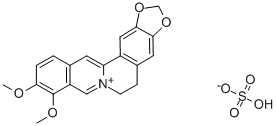
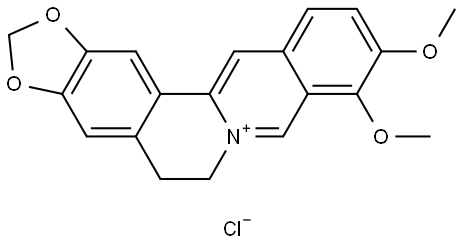
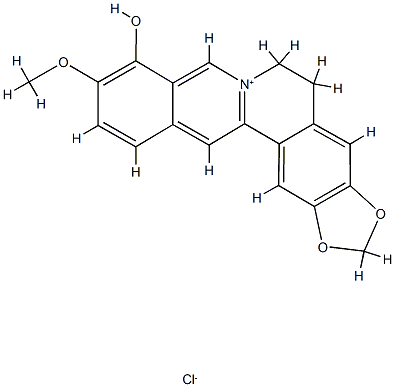
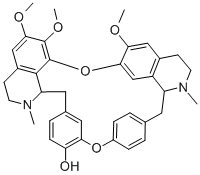
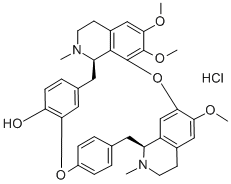
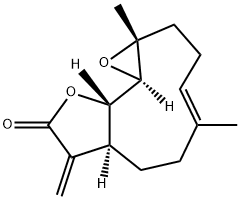

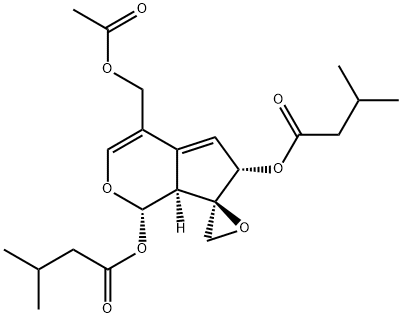
You may like
-
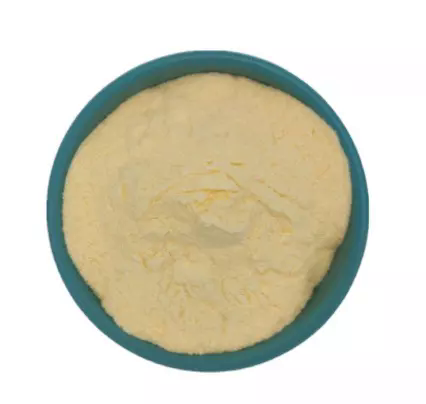 2086-83-1 Berberine (unspecified form) 99%View Details
2086-83-1 Berberine (unspecified form) 99%View Details
2086-83-1 -
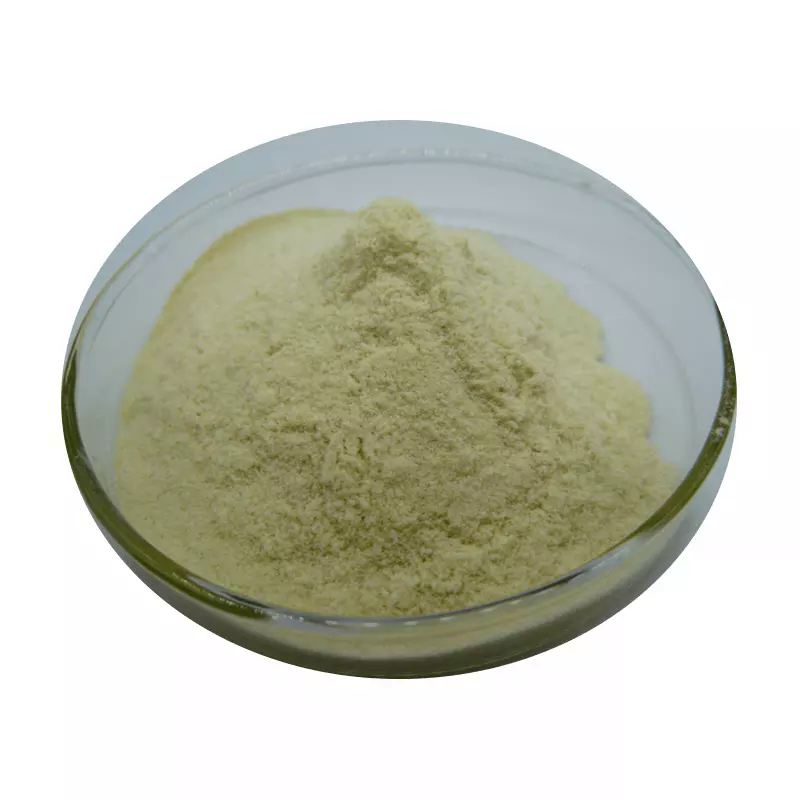 2086-83-1 99%View Details
2086-83-1 99%View Details
2086-83-1 -
 17604-74-9 3-Pyridineacetonitrile, α-hydroxy- 98+View Details
17604-74-9 3-Pyridineacetonitrile, α-hydroxy- 98+View Details
17604-74-9 -
 131987-69-4 98+View Details
131987-69-4 98+View Details
131987-69-4 -
 Cyclohexane, (2-propynyloxy)- 67967-07-1 98+View Details
Cyclohexane, (2-propynyloxy)- 67967-07-1 98+View Details
67967-07-1 -
 2-Propanamine, 1-chloro-, hydrochloride (9CI) 98+View Details
2-Propanamine, 1-chloro-, hydrochloride (9CI) 98+View Details
5968-21-8 -
 3-Iodophenylacetic acid 1878-69-9 98+View Details
3-Iodophenylacetic acid 1878-69-9 98+View Details
1878-69-9 -
 132945-75-6 (S)-1-Boc-3-methanesulfonyloxy-pyrrolidine 98+View Details
132945-75-6 (S)-1-Boc-3-methanesulfonyloxy-pyrrolidine 98+View Details
132945-75-6
